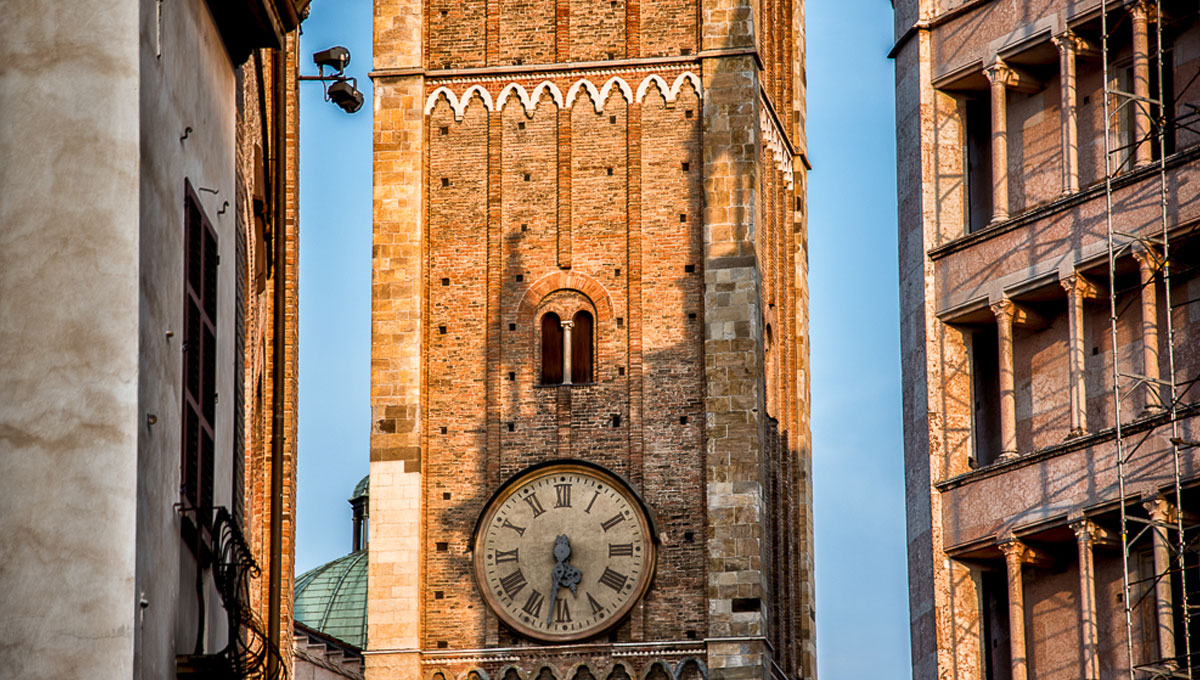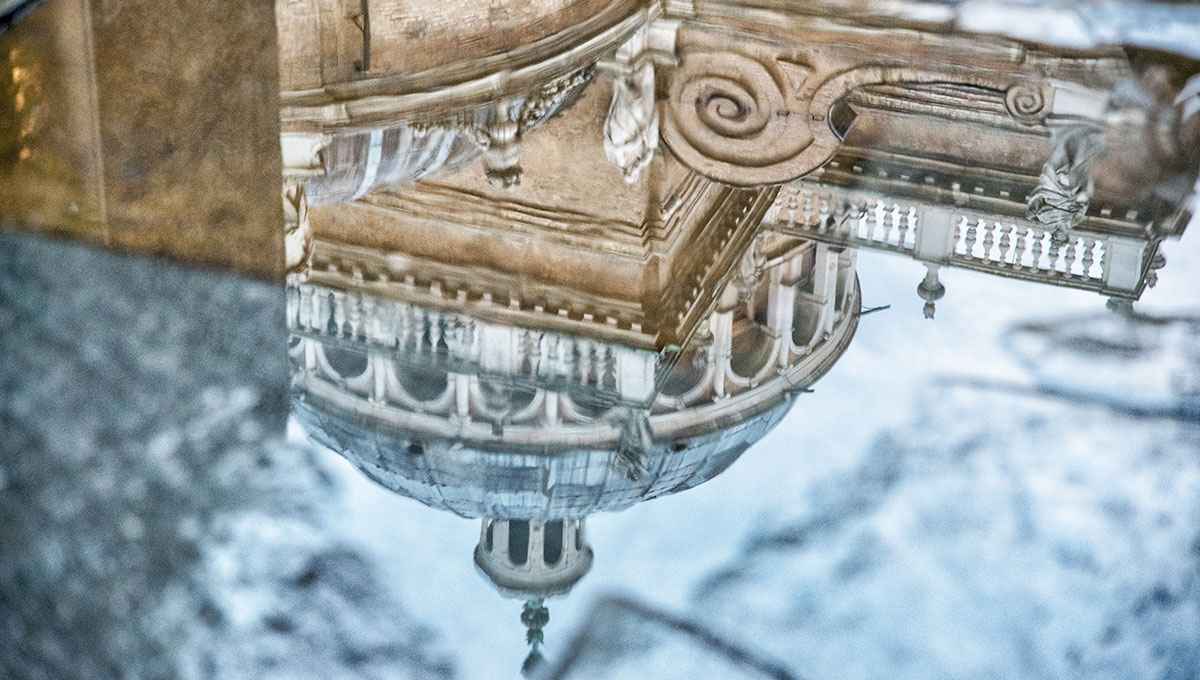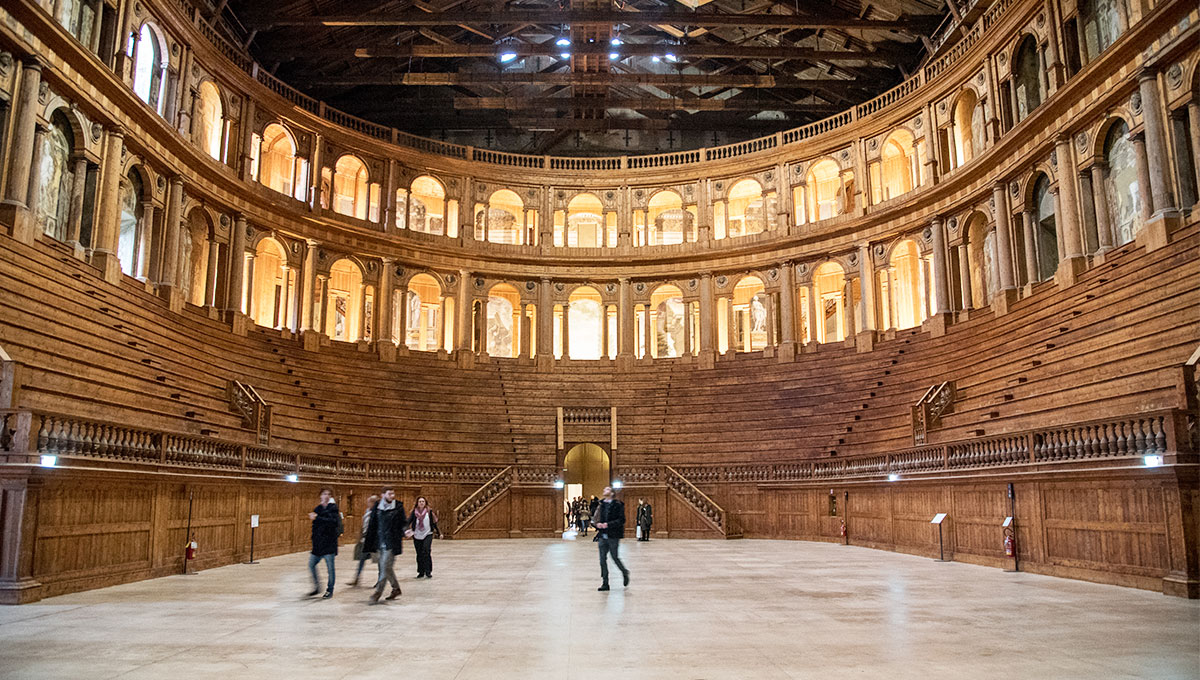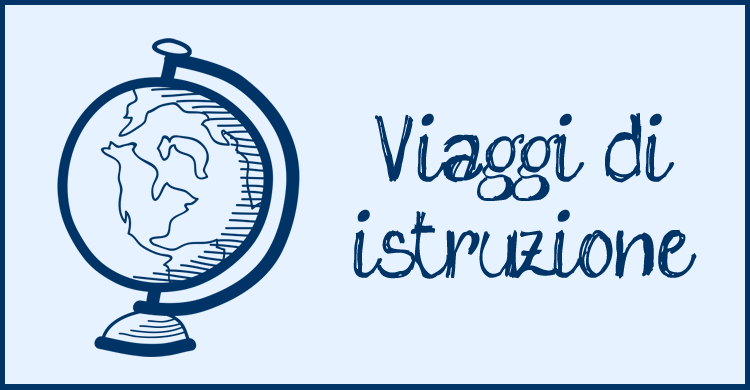Displaying items by tag: theather
Reggio Emilia or, in other words, three theatres in a tiny plot of land. Built in the area of the ancient citadel, they enable the staging of almost all types of theatre productions.
The best known is the Valli Theatre. A traditional Italian opera house where Luciano Pavarotti made his debut in 1961. The neoclassical style of the exterior and interior decorations make it the young cousin of Parma's Regio Theatre.
To its right the Ariosto Theatre, dedicated to prose. It shares with the third theatre, known as La Cavallerizza, an... equine background. The first could host equestrian performances while the second was used for training horses. Now it is a theatre with adaptable spaces, an ideal venue for special projects
If you have enjoyed learning about the basics of Parma and you still have a lot of desire and a little time to spend in the city and not in its province, you have a choice of several major attractions. Depending on your interests and curiosity, we will be able to concoct the dream program to spend an unforgettable day in the city centre.
The Chamber of Saint Paul:
between sacred and profane, the ceiling painted by Correggio is an illusory pictorial rebus that is still awaiting a final solution…
The Diocesan Museum:
provides the opportunity to see the original works of Benedetto Antelami and the traces of the past discovered in the basement of Piazza Duomo
Il Museo Archeologico:
with the remains of the Roman Bridge, it testifies to the city’s past, from the beginning of its foundation. Note the Tabula Alimentaria, of fundamental importance, found at Veleia in 1747.
The Palatina Library:
a treasure trove of 18th-century Parmesan knowledge and elegance, enriched with 19th-century rooms and extraordinary collections of illuminated manuscripts, prints and ancient volumes.
The National Gallery:
In addition to the Farnese Theatre, it houses the masterpieces of the territory, the works of Correggio and Parmigianino, the portraits of the Dukes and the “Scapigliata” of Leonardo da Vinci. The museum facility of one of the most important cultural hubs of Emilia-Romagna is very interesting.
The Glauco Lombardi Museum and the Regio Theatre:
the priceless heritage of the Duchess Marie-Louise of Austria, represented by objects of everyday life, furniture and art collections, is gathered at the Glauco Lombardi Museum. The Regio Theatre is the unmissable destination for opera lovers.
The Sepulchre of the Farnese and Bourbons
in the crypt of the Church of the Steccata: the tour of the crypt is part of the exhibition rout of the Constantinian Museum of the Church of the Steccata, which provides a glimpse of the city’s life, linked to the prestigious Constantinian Order of Saint Georges.
The Library of Saint John the Evangelist,
on the first floor of the monastic complex consisting of the cloisters, the grocery and the Saint John Church, gathers together ancient knowledge in a magnificent structure from the second half of the 16th century. A place of meditation and study, it retains a cycle of partially unpublished frescoes to be observed while savouring every detail.
Museums – the Stuard Pinacoteca:
Along a chronological route within the ancient walls of the Benedictine convent of Saint Paul there are exhibits of archaeology pieces, sculptures, paintings, drawings and many other works. The room dedicated to Amedeo Bocchi and the famous “Greyhound” of Parmigianino is remarkable.
The Opera Museum and the House of Sound
These museums testify to Parma’s deep connection with music: while the House of Music houses the Opera Museum, which covers the entire history of opera in Parma from the 17th to the 20th century, the House of Sound provides a curious itinerary through the technological inventions that have allowed reproduction of sound from the end of the 19th century to the present day.
The Oltretorrente,
a popular district rich with history: the Church of Santa Croce on the Via Francigena, the old hospital, the spectacular Annunciation Church.
The Palazzo del Giardino,
a jewel in the centre of the Ducal Park, presents a fabulous cycle of frescoes from the Farnesian period.
Recalling the city’s Roman origins, it was founded in 183 BC, like its neighbour Modena, and it remains above the route of the Via Emilia and the ancient forum that has today become the still very lively Piazza Garibaldi.

The most visible monumental footprint is that left by the Middle Ages, in particular on the magical Piazza Duomo. This square is one of the most beautiful and romantic places in Italy, framed by the bishopric, the Santa Maria Assunta Cathedral and the baptistery. These imposing works date from the 11th and 12th centuries and are marked by the seal of Benedetto Antelami, author of the baptistery. If you look up into the cupola of the Duomo, the gaze is lost in the thousand characters painted by Correggio, an indispensable figure in our Renaissance, whose works are also found in the neighbouring monastery of Saint John the Evangelist.
The cultural richness of the 16th century is illustrated in all its splendour at the Minor Basilica of Santa Maria della Steccata and in the complex of Saint John the Evangelist.

The second half of the century saw the birth, under the aegis of Pope Paul III Farnese, of the famous Duchy of Parma and Piacenza.
The itinerary connects the monumental complex of La Pilotta with the Ducal Park. The Farnese Theatre, built in 1618 by Ranuccio I, is a key step in the city’s tour.

The arrival of the Bourbons in 1734 marked the European cultural turning point of the city. The following decades saw the birth of the Palatina Library and the Bodoni Printing House, while the city was covered with neo-classical buildings of French taste.
The international aura emerged with Philippe de Bourbon and his wife Louise Elisabeth, and grew up with the Duchess Marie-Louise of Austria who governed the city from 1816 to 1847, founded the Regio Theatre and left an unforgettable memory in the hearts of many Parmesans. It was at this time that the young Giuseppe Verdi asserted himself and that the talent of Arturo Toscanini flourished.

